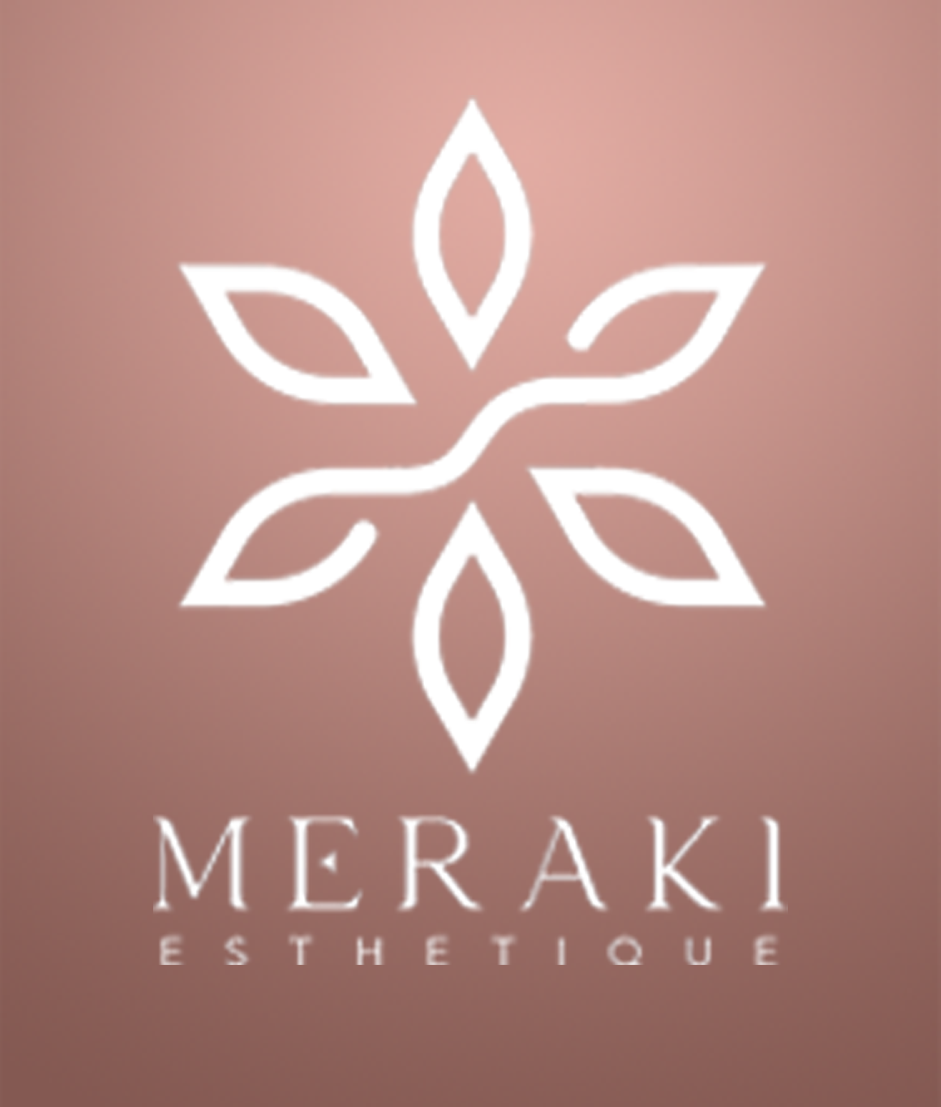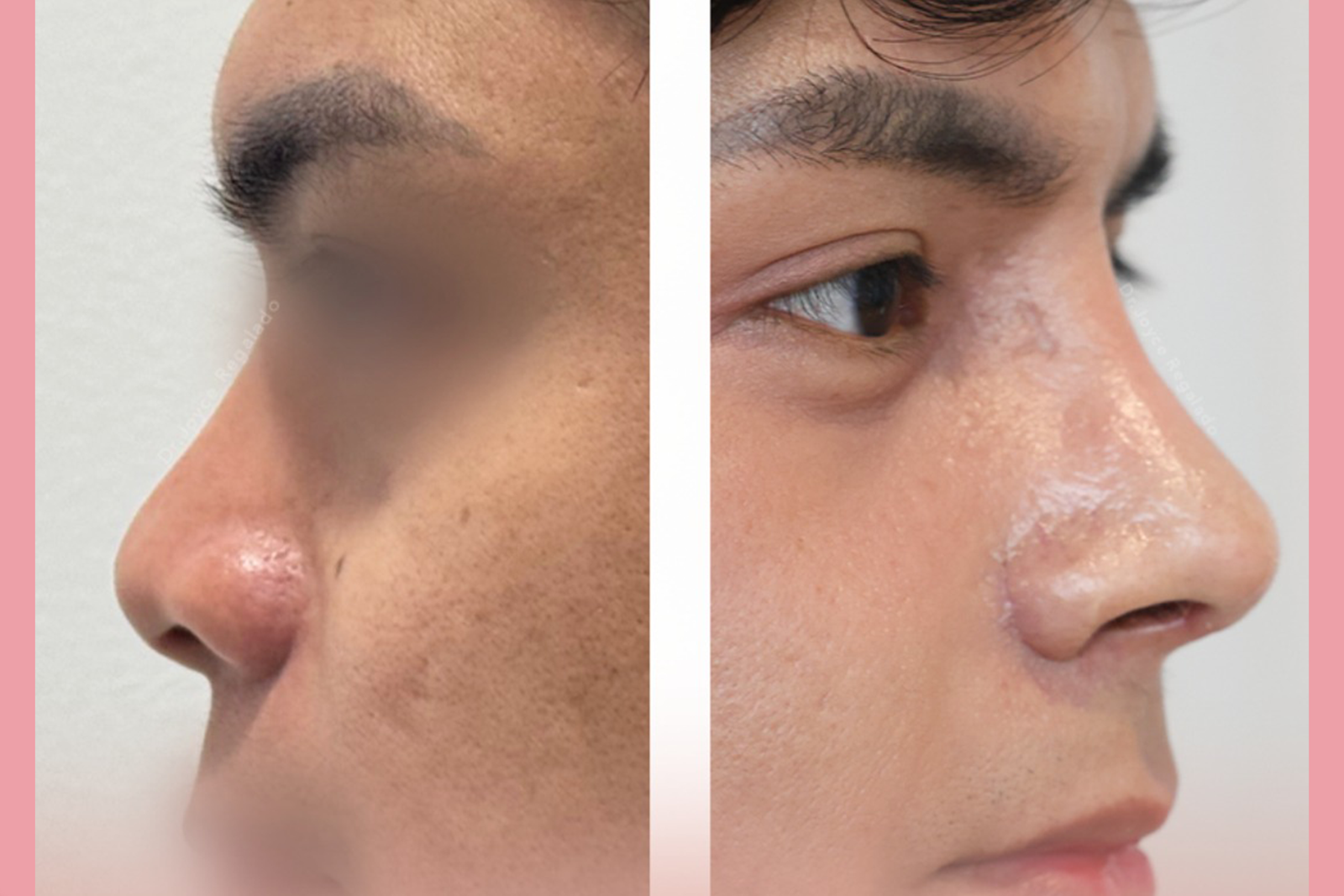Rhinoplasty, commonly known as a nose job, is one of the most sought-after cosmetic procedures globally. This surgical intervention not only enhances the aesthetic appeal of the nose but also corrects functional issues such as breathing difficulties. If you’re considering rhinoplasty, you likely have several questions. Here, we address the most pressing inquiries about this transformative procedure.
What Is Rhinoplasty and Who Is a Suitable Candidate?
Rhinoplasty is a surgical procedure designed to reshape the nose, whether for cosmetic reasons, functional improvements, or both. Ideal candidates are those in good physical health, have realistic expectations, and are typically over the age of 15-16 (after facial growth is mostly complete). Candidates should also not smoke, as tobacco use can hinder the healing process.
What Are the Different Types of Rhinoplasty?
There are primarily two types of rhinoplasty: open and closed.
Open Rhinoplasty: Involves making an incision across the columella (the strip of tissue between the nostrils), allowing for greater visibility and access to the nasal structures.
Closed Rhinoplasty: All incisions are made inside the nostrils, resulting in no visible scars. This technique is typically used for minor adjustments.
How Is the Procedure Performed?
The rhinoplasty procedure typically involves several steps:
Anesthesia: The surgeon administers either general anesthesia or local anesthesia with sedation, depending on the complexity of the procedure.
Incision: Depending on the technique, incisions are made as discussed earlier.
Reshaping: The surgeon reshapes the nasal structures by removing or adding cartilage or bone as needed.
Closing Incisions: The incisions are closed with sutures, and the nose is often placed in a splint to maintain its new shape.
What Can I Expect During Recovery?
Recovery from rhinoplasty generally takes about 1 to 2 weeks for most individuals. Here’s what to expect:
Swelling and Bruising: Swelling will peak around the third day and may take weeks to fully subside. Bruising can also occur.
Pain Management: Pain can usually be managed with prescribed medications.
Activity Restrictions: Patients should avoid strenuous activities and limit social interactions for about two weeks.
What Are the Risks and Complications?
Like any surgical procedure, rhinoplasty carries certain risks, including:
Infection: While rare, infections can occur, requiring antibiotics.
Scarring: Scarring varies depending on the technique; however, most scars fade over time.
Unanticipated Results: In some cases, the outcome may not meet expectations, which can necessitate revision surgery.
How Much Does Rhinoplasty Cost?
The cost of rhinoplasty can vary significantly based on several factors, including the surgeon’s experience, geographic location, and the complexity of the procedure. On average, patients can expect to pay between $5,000 and $15,000. It’s crucial to check if your insurance covers any portion of the procedure, especially if it’s performed for medical reasons.
How Can I Prepare for Rhinoplasty?
Preparing for rhinoplasty involves several steps:
Consultation: Schedule a thorough consultation with your surgeon to discuss your goals and review your medical history.
Preoperative Instructions: Follow your surgeon’s preoperative guidelines, which may include avoiding blood-thinning medications and stopping smoking.
Support System: Arrange for someone to assist you post-surgery, especially during the initial recovery phase.
What Results Can I Expect from Rhinoplasty?
Results from rhinoplasty are typically visible after the swelling subsides, which may take several weeks to months. The final shape of the nose may take up to a year to fully manifest. Patients should have realistic expectations and understand that while many aspects can be enhanced, perfection is not always achievable.
How Do I Choose the Right Surgeon for My Rhinoplasty?
Choosing a qualified surgeon is vital for the success of your rhinoplasty. Consider the following:
Board Certification: Ensure your surgeon is certified by a recognized board.
Experience: Look for a surgeon who specializes in rhinoplasty and has a substantial portfolio of before-and-after photos.
Patient Reviews: Research patient testimonials to gauge satisfaction levels and outcomes.
By addressing these essential questions, we hope to empower you with the knowledge needed to make informed decisions about rhinoplasty. Remember, this procedure is not just about changing your appearance but also enhancing your self-esteem and quality of life.





